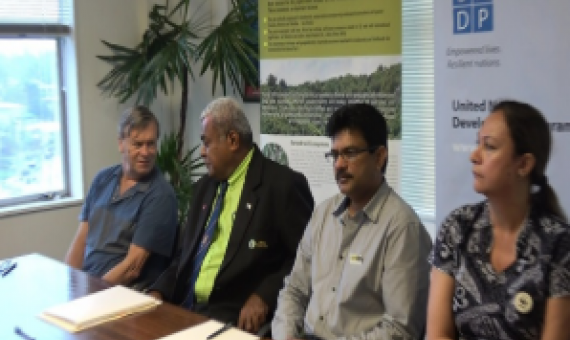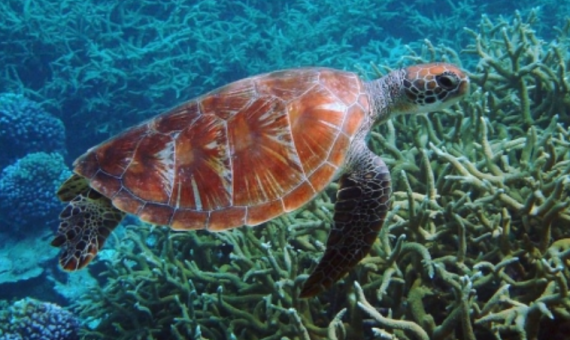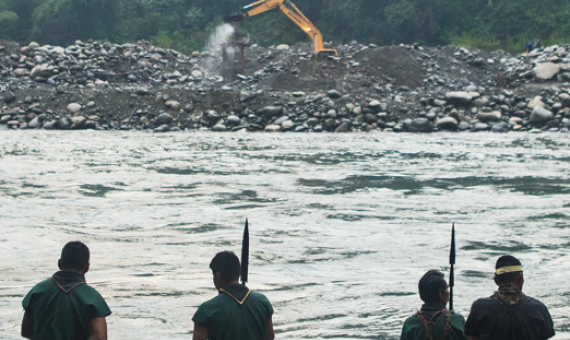The Living Planet Report 2018 is the twelfth edition of the report and provides the scientific evidence to what nature has been telling us repeatedly: unsustainable human activity is pushing the planet’s natural systems that support life on Earth to the edge.
MPAs can play a significant role in addressing the threats facing the ocean. These areas can help boost ocean biodiversity, fisheries, and the economies that depend on them. Click on the link below to read the full article.
A Fijian national has been appointed to a top role at the world’s largest environment network, the International Union for Conservation of Nature (IUCN). Click on the link below to read the full article,
The United Nations Development Programme today signed a Memorandum of Understanding with an academic institution and stakeholders as partners for delivery of the Fiji Ridge to Reef Project.Click on the link below to read the full article.
In this paper, we explore the required functionality of a generic model of the effects of climate and land-use changes on wetlands ecosystem services worldwide. Click on the link below to access the full paper.
The collapse of turtle populations on a global scale has greatly diminished their ecological roles. Click on the link below to access the full paper
Turtles are among the most threatened of the major groups of vertebrates in the world, a new review paper says, perhaps even more so than birds, mammals, fish or amphibians. Click on the link below to read the full article.
Protecting half of Earth might not be necessary, but would it be sufficient given the current trends of protection? Click on the link below to access the full paper
Indigenous people, not environmentalists, are the key to protecting the world’s most precious ecosystems. Click on the link to read the full article.
Protected Areas are important because of the following reasons: “They safeguard many of the world’s outstanding areas of biodiversity, natural beauty and cultural significance. Click on the link below to read the full article.
















